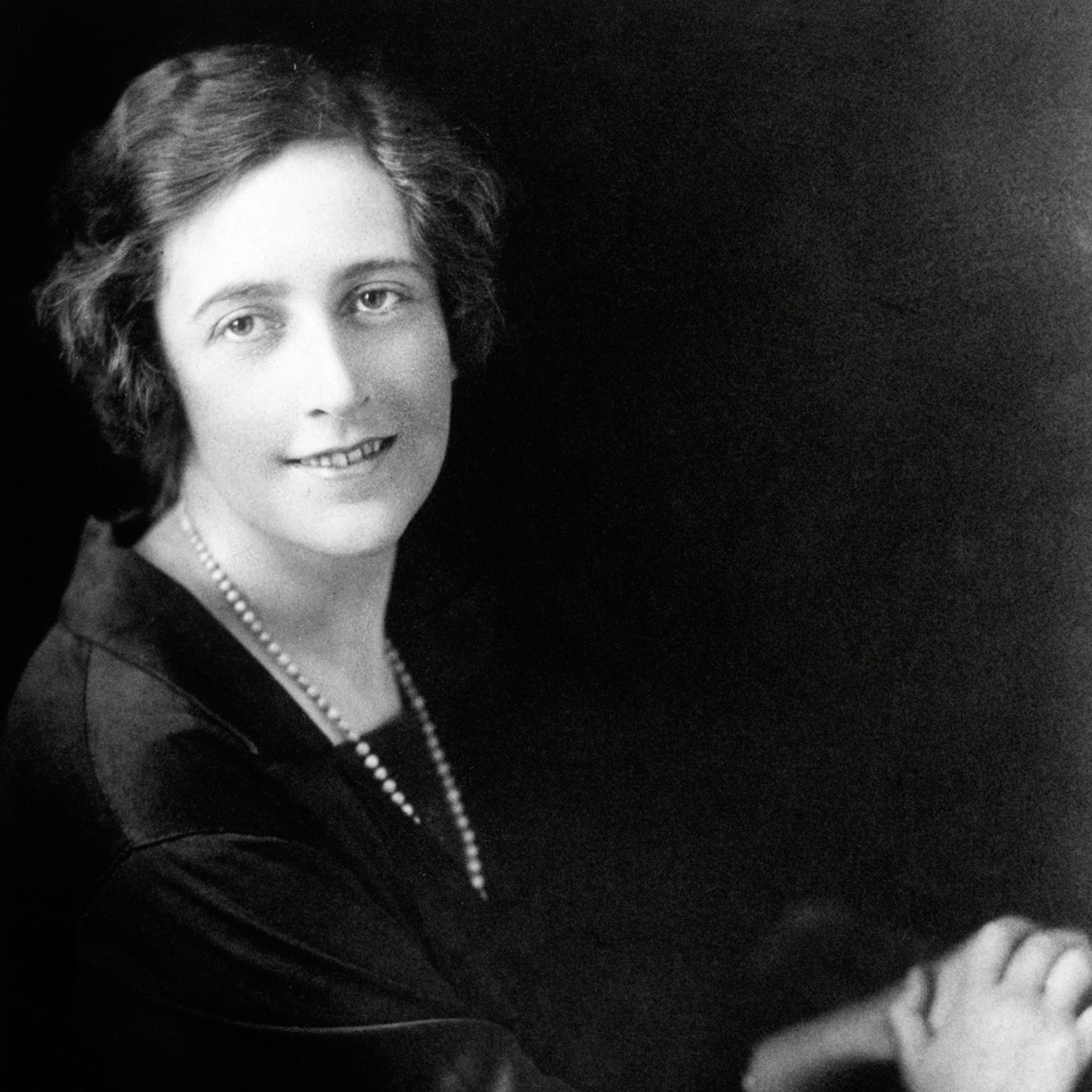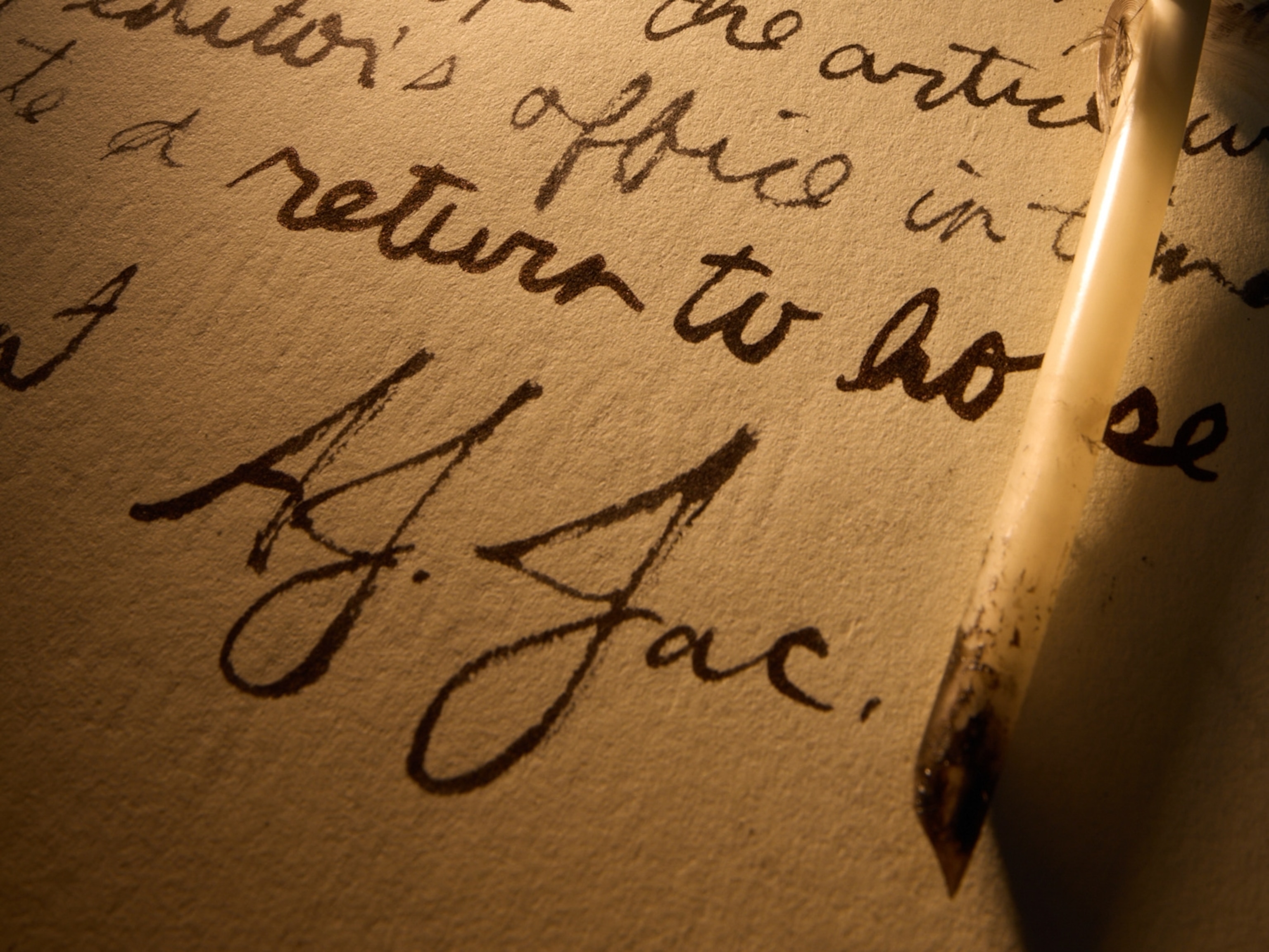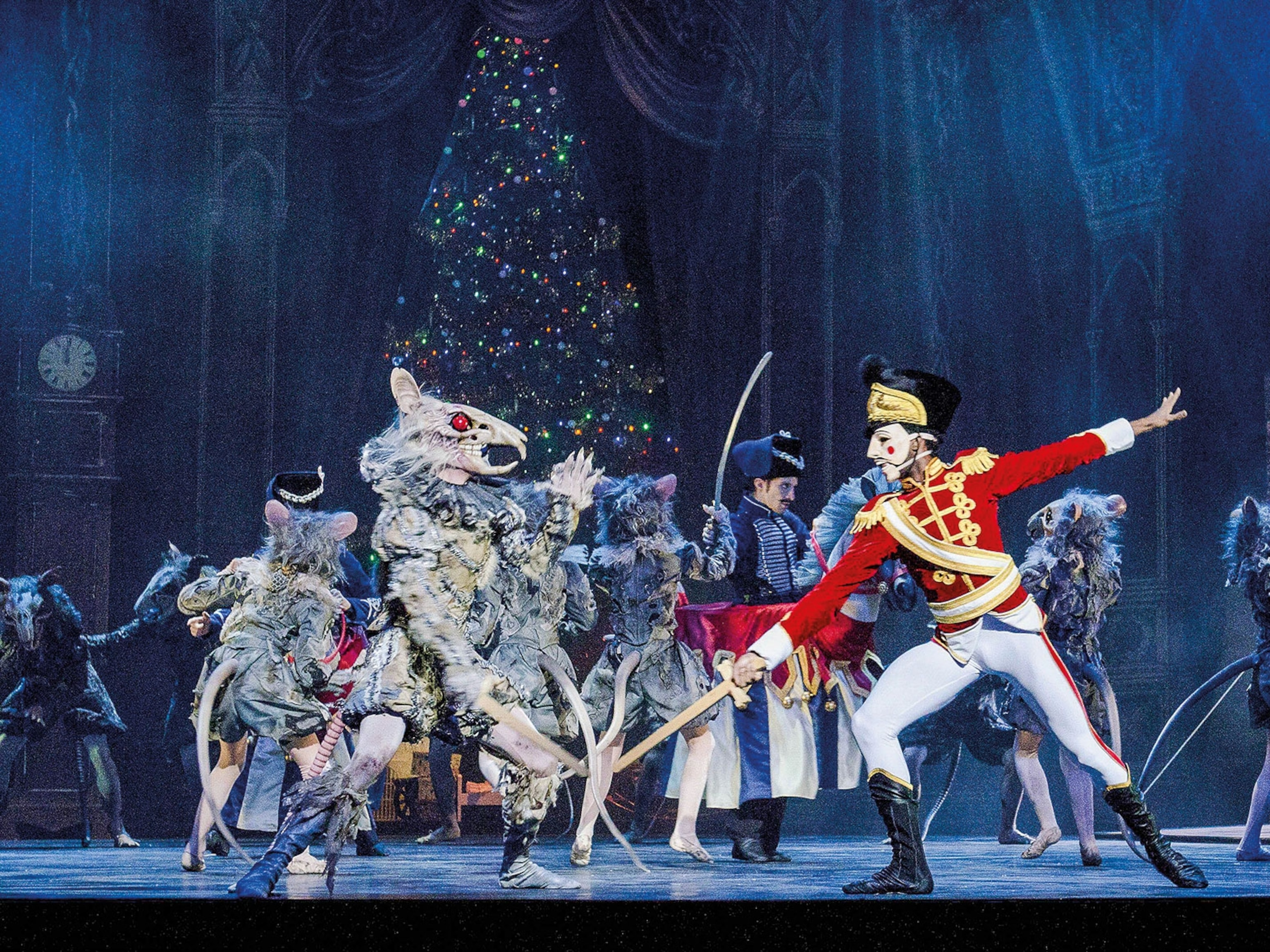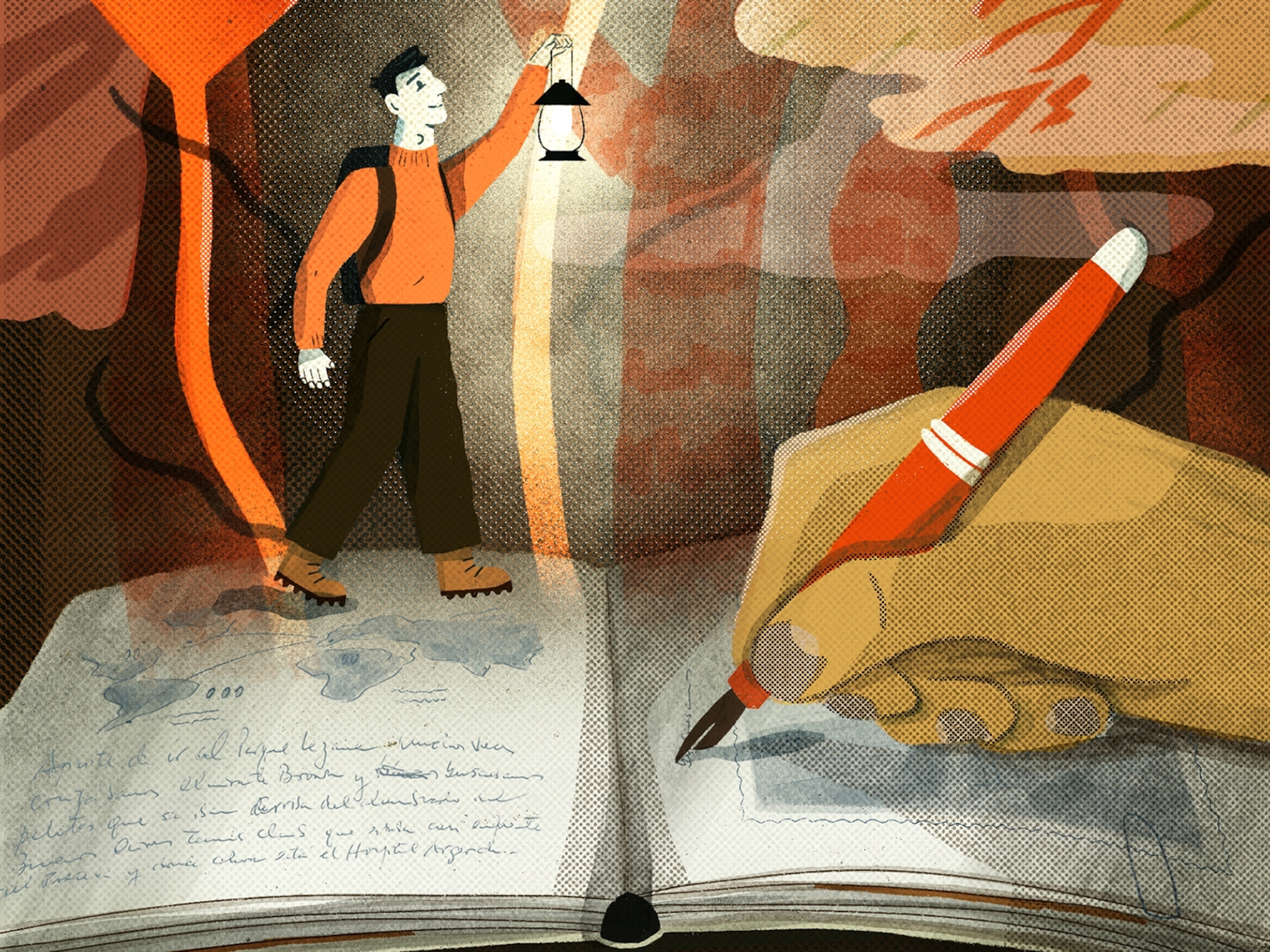New words are spreading faster than ever—thanks to teenage girls
If you've heard "goblin mode" or "swiftie" lately, it's thanks to them: Young girls are more innovative with language than any other group, linguists say.
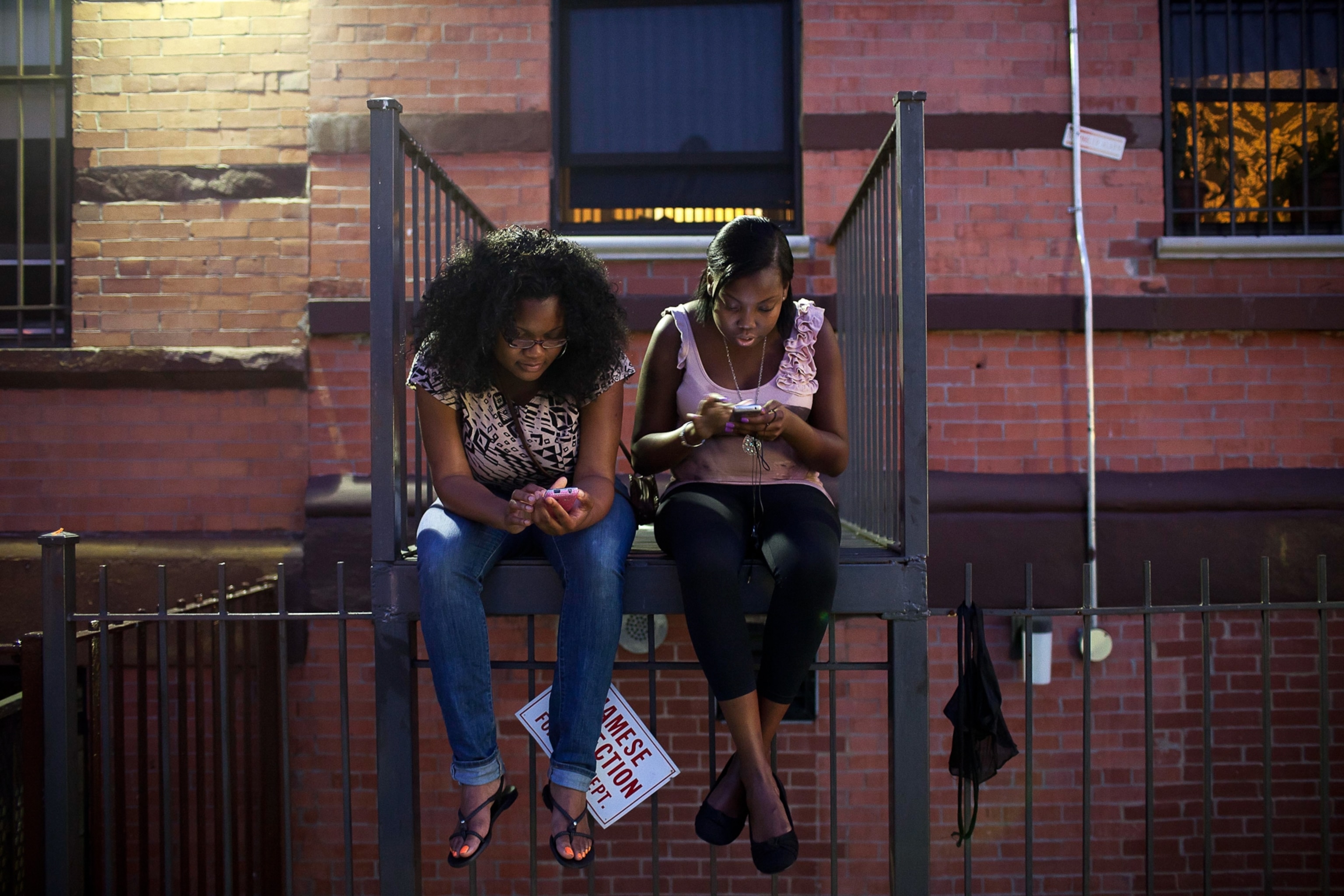
“Digital nomad,” “hellscape,” “trauma dumping”—new words and phrases such as these are added to the English dictionary more often than ever, largely thanks to social media. But where do they come from?
When people think of word innovators throughout history, male writers likely come to mind. Shakespeare is credited with inventing more than 1,700 words, including “bedroom,” “courtship,” and “swagger.” Charles Dickens is said to have first used the words “butterfingers” and “doormat,” and Dr. Seuss reportedly came up with “nerd.”
But despite contributions from famous writers, historians say another group has an even greater impact on the development of language: teenage girls.
Women lead up to 90 percent of linguistic changes, sociolinguist William Labov observed in the early 2000s. In fact, he wrote, women are often linguistically ahead of men “by a full generation.”
Now women are leading the charge online. Though Oxford University Press’ 2023 word of the year, “rizz,” meaning charm or charisma, was coined by a man, several runners-up, including “situationship” and “Swiftie” were inspired or first used by women. The term “goblin mode,” which refers to self-indulgent, lazy behavior, was Oxford’s 2022 word of the year and appears to have been first used by a woman on Twitter in 2009.
It's often impossible to tell who first used new words. For example, Shakespeare may not have invented all the words he’s credited with creating—he likely used language his audience was already familiar with, experts surmise.
But whether or not young girls invent new phrases, they are more likely to be early adopters of the latest lingo, says University of Toronto linguist Sali Tagliamonte. “They're pushing changes forward.”
Early adopters
Linguists who reviewed 6,000 letters written between about 1410 and 1680 found that for 11 out of 14 observed language changes, women were quicker to adopt the new way of writing. These changes include the eradication of “ye” (no, not that one), the transition from “mine eyes” to “my eyes,” and the switch from words like “hath” and “doth” to “has” and “does.”
Queen Elizabeth I was “one of the most linguistically progressive people” of her day, using “does” instead of “doth” in letters to her brother Edward, says Terttu Nevalainen, a linguist at the University of Helsinki in Finland and an author of the study.
Even fictional women lead linguistic change, according to a 2005 study by Tagliamonte and a colleague on the use of intensifier words such as “so,” “really,” and “very” in the TV show Friends. Though the show had script writers, the actors often embellished their lines and helped construct dialogue. The study found that Rachel, Monica, and Phoebe were more likely to use “really” than Ross, Chandler, and Joey, and twice as likely to use “so,” a more recent language change. “Very,” the oldest word in the study, with origins in the 15th century, was used equally by the male and female characters.
There are a handful of possible reasons why girls lead lexical innovation. According to Gretchen McCulloch, author of Because Internet: Understanding the New Rules of Language, women tend to be more socially aware. They have larger social circles and may be exposed to more language diversity, she says. And because women tend to be caregivers, boys usually learn language from their mothers, whereas women and girls learn words from other women.
Even in male-dominated spaces like online gaming communities, women use new terms more frequently than their male counterparts, which is “shocking,” Tagliamonte says. “You would think, in online communities, it wouldn't matter if you were male or female.”
Accelerated linguistics
With the rise of social media, language changes are also happening faster than ever. The transition from “ye” to “you” took about 80 years, which was very rapid for the time, Nevalainen says. But today, changes can happen within a year. “We're not writing letters—and it takes like three weeks to get a letter—you're talking to people all the time,” Tagliamonte says. “And you could be talking to people on the other side of the country.”
One 2018 study delved into this phenomenon, listing 54 emerging word forms posted by American Twitter users including “amirite” (am I right?), “cosplay” (costume role playing), and “rq” (real quick). Though the published research didn’t cover gender differences, study author and University of Birmingham linguistics professor Jack Grieve says he noticed a discrepancy between men and women in the data analysis. The team developed a matrix of Twitter profile pictures for the first groups of people using new words—and “more often than not, women dominated these matrices, especially Black women,” he says. (This data was not published with the study to protect individuals’ privacy.)
Being at the forefront of linguistic change often comes with strife. Young women who use new words are “subject to so much criticism,” Tagliamonte says. “This is how generation gaps develop, right? Because the older people start criticizing the young people for how they talk, and what they're really doing is they are noticing language change, and they don't like it.”
But “language has its own path, its own system, and it changes whether we like it or not,” she says. “We are all often part of those changes without even knowing it.”


